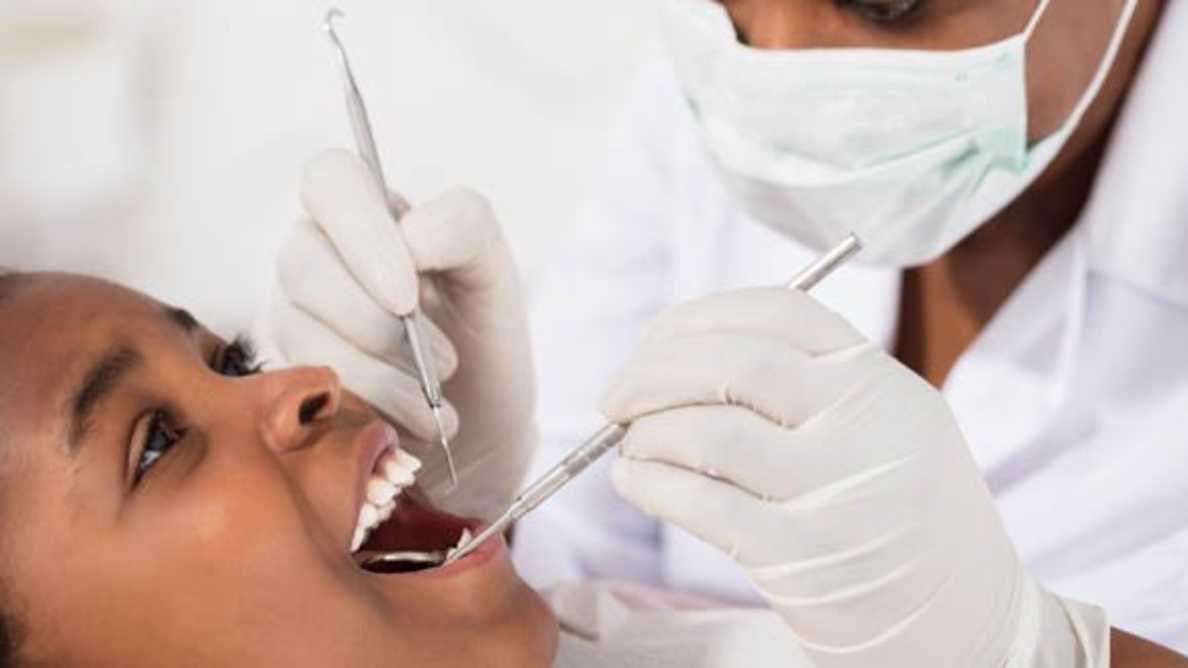A dental bridge is a good and perhaps the only remedy if you have lost a tooth. Therefore, a dental bridge is a false tooth, which otherwise helps you put up a smile.
For it to work in your favor, dentists attach the bridge to your teeth’s two crowns. At some point, dental bridges may appear like a dental implant but there’s a subtle difference.
The name bridge is derived from the function of this artificial tooth because it bridges the gap between the two teeth.
Although bridges are essential if you have lost a tooth, they may pose irreversible changes in your dental formula. Additionally, your general oral health may also suffer.
However, before we talk of the five common problems associated with dental bridges, let’s first remind ourselves of the common types of bridges.
Types of Dental Bridges Available
Although there could be many dental bridges, the following three are the most common you are likely to find:
Traditional Dental Bridge – in this type, the crown is usually placed on one side of the gap leaving room for the replacement tooth to fit at the center. In most cases, the tooth replaced is made from fused porcelain, which usually contains either a metal or a ceramic material.
Cantilever Dental Bridge – this is similar in many ways to traditional. However, the difference is the tooth that carries the bridge is close to the gap.
Maryland Dental Bridge – this is a plastic replacement. Coupled with metal wings that are held by the natural teeth, you will have an artificial tooth that only those who are very keen or those who knew you lost a tooth would realize.
Now that you know the three common types of dental bridges and how they work, it is time to look at our five common dental bridge problems you should never underestimate.
Tooth Decay From Faulty Dental Bridge
Dr Shem Tooth Decay
The first and common problem with many dental bridges is tooth decay. Because of the many things around the teeth between the artificial tooth, dirt may clog. If you don’t maintain high-level hygiene, there are high chances of having tooth decay shortly after a dental bridge.
To minimize this problem, ensure you maintain high-level cleanliness. Practice top-notch oral hygiene. Dentists recommend you brush your teeth at least two times a day. You also need to floss your teeth to remove any dirt.
Ill-fitted Dental Bridge
Dental bridges are not simple. Even dentists with lots of experience can miss a point when placing a dental bridge. If that happens, you may start to feel pain on the tooth site, or worse still your gum starts to bleed.
Even with the basic problem of an ill-fitted dental bridge – discomfort, you will not be able to chew or eat properly because you have discomfort. Boils, gum recession, as well as tooth infection, can be associated with an ill-fitted dental bridge.
So that you do not escalate the problem, you need to see your dentist immediately you feel discomfort at the dental bridge site.
Tooth Sensitivity
Sensitivity Dental Bridge
You may argue that this is a usual problem with teeth especially after eating a certain food or drinking hot and acidic drinks. While that is true, tooth sensitivity can be one of the common problems you should beware of when it comes to dental bridges.
The good news is while most people who go for a dental bridge may experience tooth sensitivity a few days after the operation, the feeling usually fades after some time. However, if the sensitivity escalates many weeks after a dental bridge, you need to see your dentist.
Chances are your gum is reacting with the type of bridge or it was placed badly (ill-fitted).
Damaged Dental Bridge
As mentioned earlier while talking about the different forms of dental bridges, we realized that bridges have ceramic, metal, porcelain, or carry all these materials. These materials are not exceptionally indestructible. They can get destroyed.
In fact, some simple things such as sugary food can destroy certain dental bridges easily. That is why you need to be careful when crushing hard or sticky food. Remember, if your dental bridge has been damaged in any way, you will need to replace it. No shortcut!
Cracked Tooth
Cracked Tooth Dental Bridge
This is not as common as the other four. However, it may happen. If the anchor tooth (the tooth on the side of the gap) suffered injuries during the operation or days later following an accident, chances are you will start to feel either uncomfortable or even pain.
Remember, the anchor tooth should be strong enough to support the bridge. If it is damaged, there’s no way it is going to help your dental bridge fit in the system. Even if the crack is small, do not underestimate it because it can lead to serious issues.
Untreated cracks, holes, or even gaps lead to the accumulation of germs, something that can damage your anchor tooth and maybe spread to other teeth.
Final Words
Now that you know the five common problems associated with dental bridges, so what? You need to know that a bridge is temporal but your teeth are supposed to be permanent. For a dental bridge to assist you thus serve its purpose, you need to maintain high-level hygiene.
Avoid acidic, overly sugary, and hot foods. Struggling with hard and sticky food will only lead to damaging your dental bridge, which will mean you need another one. Several visits to the dentist do not do your gum any good.
Further Reading:
8 Diseases And Health Conditions That Cause Tooth Decay
How To Deal With Toothache With Home Remedies
Dental Bridges And All You Need To Know About Them




